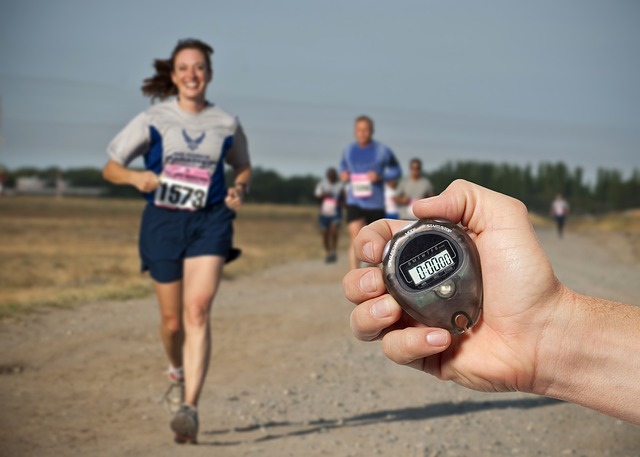The Imperative for Sustainable Packaging
Today's consumers are acutely aware of the environmental consequences of their choices, scrutinizing everything, including product packaging. This surge in environmental consciousness fuels a powerful demand for sustainable alternatives. Businesses proactively adopting eco-friendly packaging not only significantly reduce their environmental footprint but also gain a distinct competitive edge, attracting loyal customers who prioritize sustainability.
Decoding Sustainable Packaging Materials

Sustainable packaging aims to minimize environmental harm across its entire lifecycle – from raw material sourcing and production to transportation, use, and disposal or recovery. Key sustainable materials include:
- **Recycled & Certified Paper/Cardboard:** Utilizing post-consumer waste or certified sources (like FSC) reduces landfill burden and pressure on forests.
- **Plant-Based Bioplastics (e.g., PLA, PHA):** Derived from renewable resources like cornstarch or sugarcane. Note: Many require industrial composting facilities for proper breakdown.
- **Molded Pulp & Mycelium (Mushroom) Packaging:** Biodegradable and compostable alternatives often used to replace foam inserts (like Styrofoam).
- **Seaweed & Algae-Based Packaging:** Emerging materials from rapidly renewable marine resources, suitable for films, coatings, or even edible applications.
- **Recycled Plastics (PCR):** Incorporating Post-Consumer Recycled plastic reduces the need for virgin petroleum resources, closing the loop.
- **Glass & Metal (Aluminum, Steel):** Highly recyclable materials with established collection and processing infrastructures.
The Advantages of Going Green with Packaging

- **Reduced Environmental Footprint:** Lowers carbon emissions, minimizes waste generation, and conserves vital natural resources.
- **Enhanced Brand Reputation:** Attracts and retains eco-conscious consumers, building significant brand loyalty and positive perception.
- **Potential Cost Efficiencies:** Optimized designs, lighter materials, and sometimes lower raw material costs (especially with recycled content) can lead to savings.
- **Regulatory Compliance:** Proactively meets or exceeds evolving government regulations regarding packaging waste and producer responsibility.
- **Market Differentiation & Innovation:** Drives creative solutions, setting brands apart and fostering a culture of forward-thinking design.
Sustainable Packaging in Action: Real-World Examples
Leading brands are integrating sustainable packaging effectively. Beverage companies increasingly utilize recycled PET (rPET) for bottles. E-commerce giants optimize shipping with 'right-sized' recyclable boxes and reduced filler material. Innovative food startups experiment with compostable trays derived from agricultural fiber, while personal care brands champion refillable systems and packaging made from ocean-bound plastic.
Navigating the Transition Challenges

Transitioning to sustainable packaging presents hurdles. Potential challenges include higher initial costs for some innovative materials, the need for adequate collection and recycling infrastructure (especially for newer bioplastics), ensuring packaging performance and product protection, and managing supply chain complexities. However, strategic planning, industry collaboration, and phased implementation can successfully address these obstacles.
The Evolving Landscape of Sustainable Packaging
The future of packaging is intrinsically linked to sustainability. Expect continued advancements in materials science (like self-healing or smart materials), broader adoption of truly circular economy models (designing for reuse and recycling), improved sorting and recycling technologies, and supportive policy frameworks. Businesses embracing sustainable packaging innovation today are positioning themselves for long-term resilience and success in a rapidly changing market.